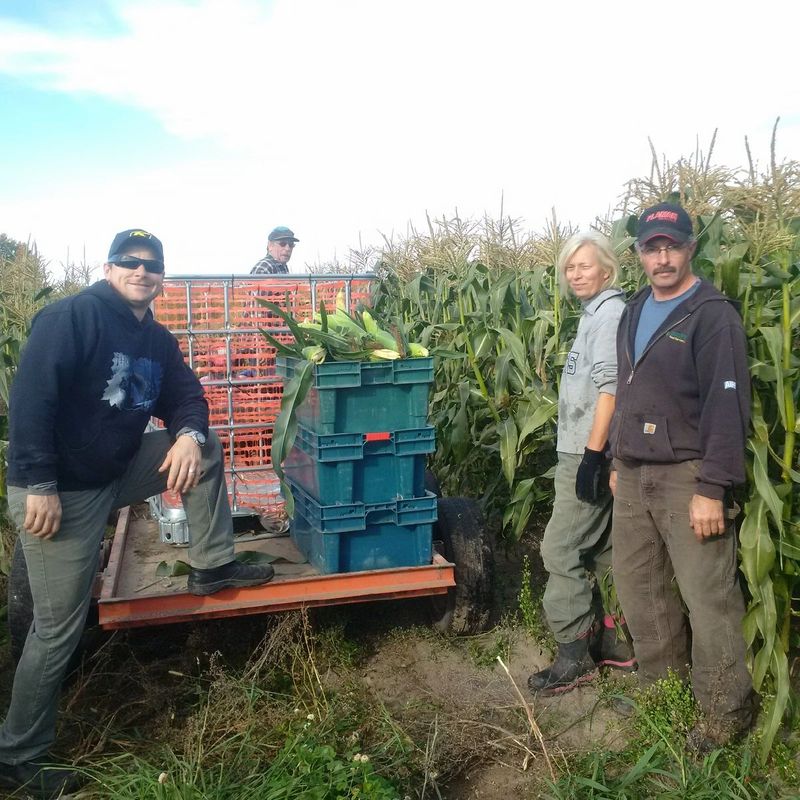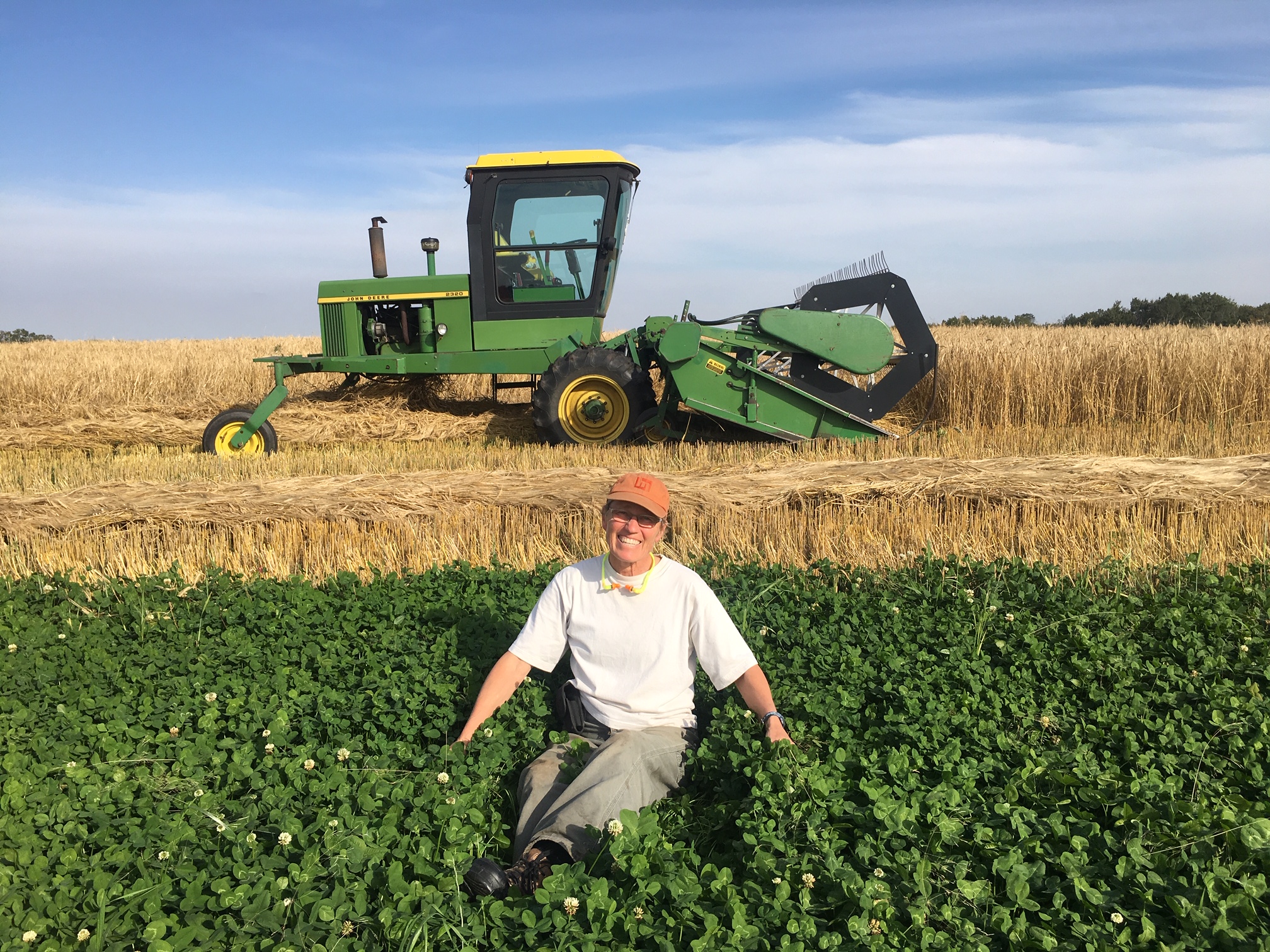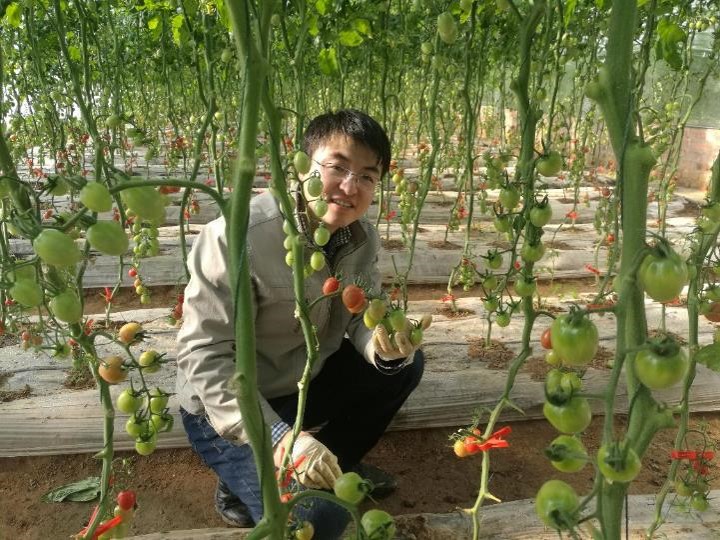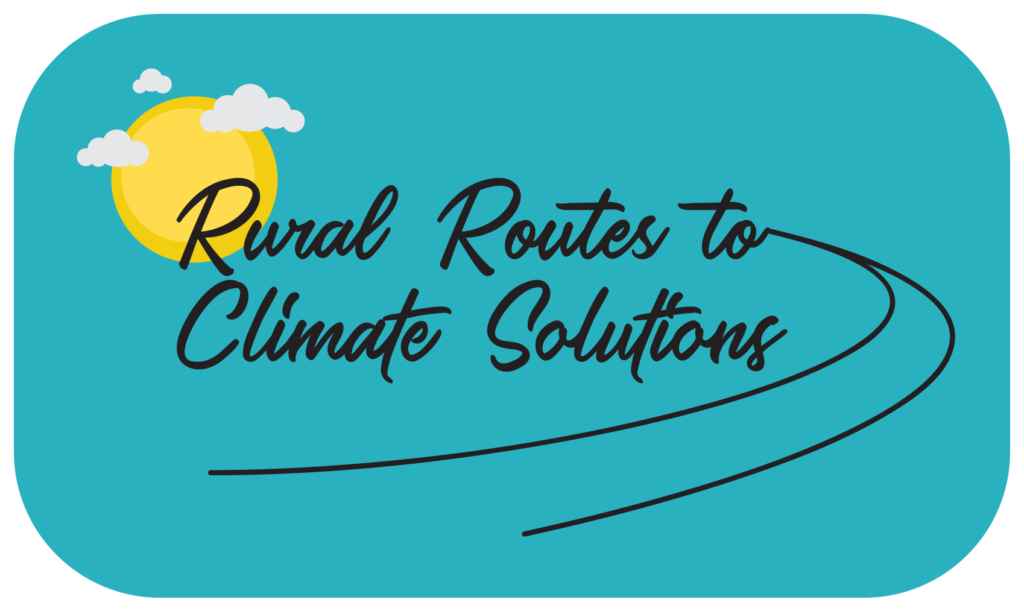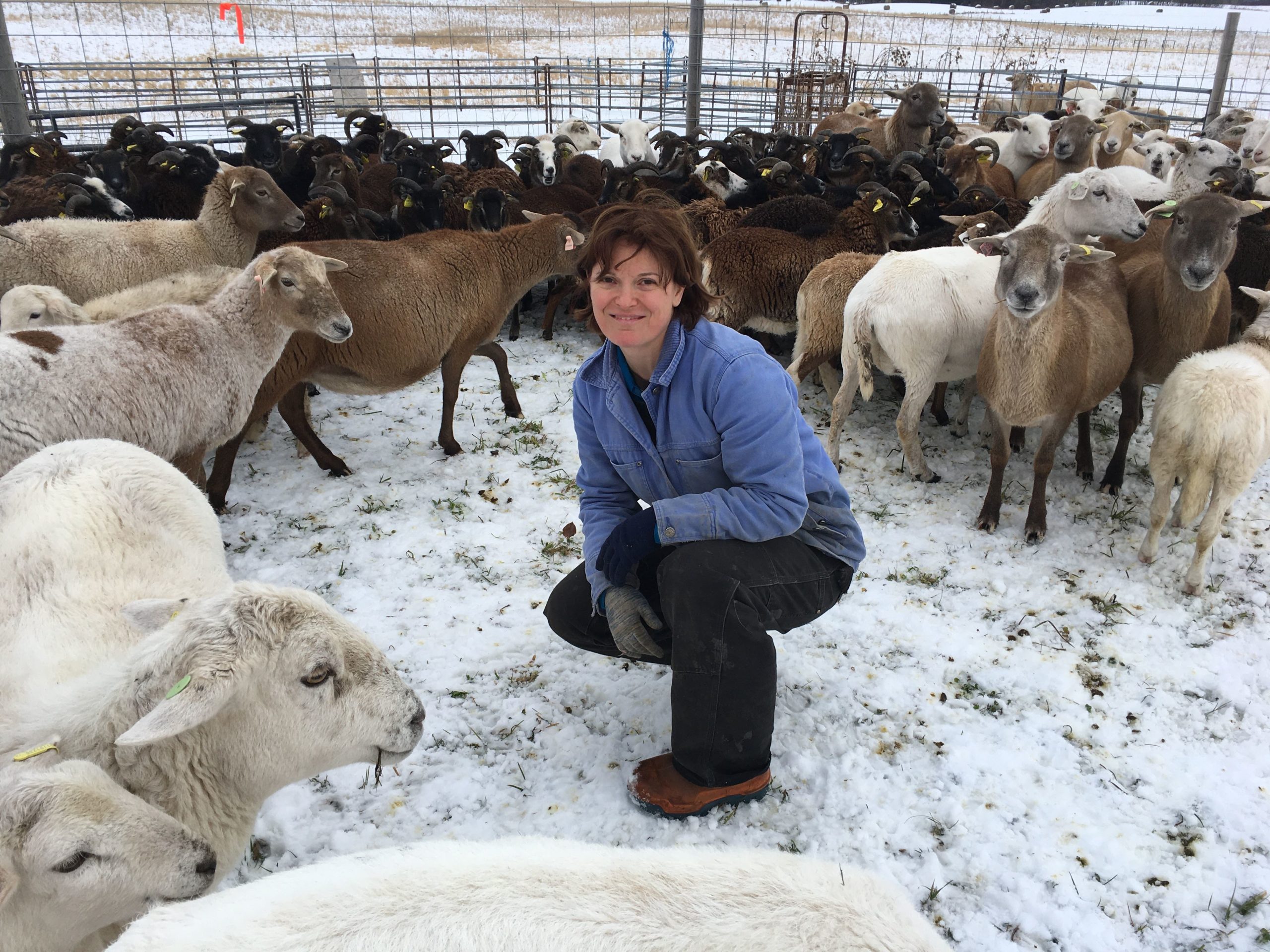
Heritage Sheep Farming and Silvo-Pasture Management – Rhyant Rock Farm – Stony Plain, AB
When I began to consider the risks for disease – which is very real in this day and age, look at COVID-19 for example – I became really interested in learning more about heritage breeds. There’s certain breeds that are more disease, or parasite resistant. There’s also mothering instincts and attributes of food quality. When you consider evolution, some breeds go extinct. But sometimes they lose popularity because they are smaller, or slower at production. I think as human beings we’ve gotten caught up with breeds that grow the fastest versus those that are of better food quality.
For me, I work off-farm, so I can’t be here 24/7 to lamb sheep, or getting up in the middle of the night and then going to my day-job and performing well. It was important to me to find breeds – American Soay and Katahdin sheep – that are able to look after themselves in the hours when I’m not here. With these breeds, lambing entails going out in the morning and evening and putting tags in the lambs’ ears. It doesn’t involve pulling lambs. It doesn’t involve 2 AM checks or anything like that.

